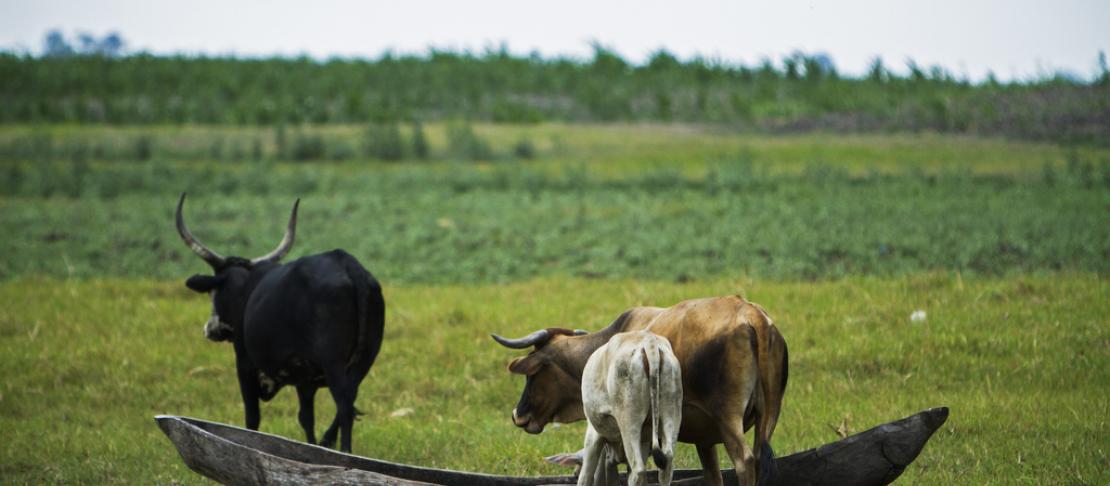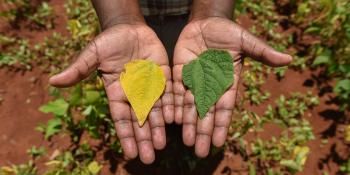Mixed crop-livestock systems - producing more with less

Mixed farming systems that integrate crops with livestock produce a large proportion of the world's food supplies. They are therefore a good target for strategies aimed at producing more while using less land.
Farming systems that integrate crops with livestock carry much of the weight of the world’s food systems. These “mixed” farming systems produce about half of the planet’s food on 2.5 billion hectares. They not only account for over 90% of the world’s milk supply and 80% of the meat from ruminants but also provide most of the staple crops consumed by poor people, including maize, rice, sorghum, and millet.
Given their importance and vulnerability to climate variability, smallholder mixed crop-livestock systems should be a primary target for strategies to produce more food while taking less from the land.
Climate change is happening even faster and with more damaging effects on the world’s food security than previously anticipated, according to the Intergovernmental Panel on Climate Change (IPCC), the world’s most authoritative body on climate change science.
Agricultural research for development can make a big difference at every step from field to fork by, for example, providing new strategies that help smallholder farmers balance the needs of livestock and crops or by encouraging and guiding investments and policy. Scientists have identified a number of adaptation options: including better technologies, such as drought-tolerant crops; behavior changes, as in diets; improved land management practices; and new policies to foster market and infrastructure development.
One of the biggest challenges in implementing climate-smart agriculture is ensuring that solutions are locally appropriate.
Dozens of activities can help crop-livestock farmers adapt to climate change or reduce their emissions, while boosting their food security. But there is no fixed package of interventions or a one-size-fits-all approach,” said Leigh Winowiecki, a CIAT soil scientist, who is working on the project.
Read the full story from CIAT's blog: "Finding the right mix of climate-smart solutions in East Africa"
This blog is about an ongoing CCAFS project entitled “Increasing Food Security and Farming System Resilience in East Africa through Wide-scale Adoption of Climate-Smart Agricultural Practices.”
Learn more about mixed crop-livestock systems: Searching for the best climate adaptation options for mixed crop and livestock farmers
Melissa Reichwage is Development Coordinator for International Center for Tropical Agriculture (CIAT).



